Macro Photography in National Park Environments
Today’s chosen theme: Macro Photography in National Park Environments. Step closer to hidden worlds, celebrate delicate ecosystems, and learn inspiring, field-tested ways to capture tiny subjects with big stories. Join us, share your discoveries, and subscribe for fresh park-ready macro insights.
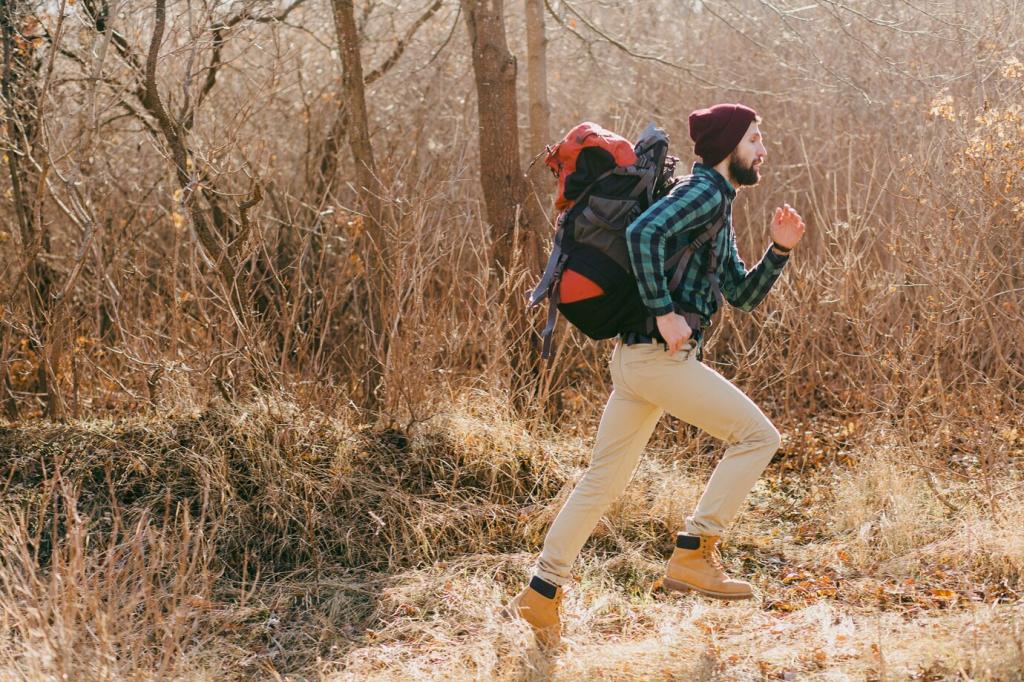
Essential Gear and Setup for Park Macro Shoots
Choose a true macro lens (1:1 reproduction) or add extension tubes for versatility. Longer focal lengths provide safer working distance from sensitive subjects, while shorter lenses help when space is tight. Tell us your favorite park-ready macro lens and why.
Essential Gear and Setup for Park Macro Shoots
Compact tripods with independent leg splay let you get low without crushing vegetation. A small beanbag stabilizes lenses on rocks or logs. Practice gentle breathing and body bracing against trees to steady shots when tripods are impractical on narrow trails.
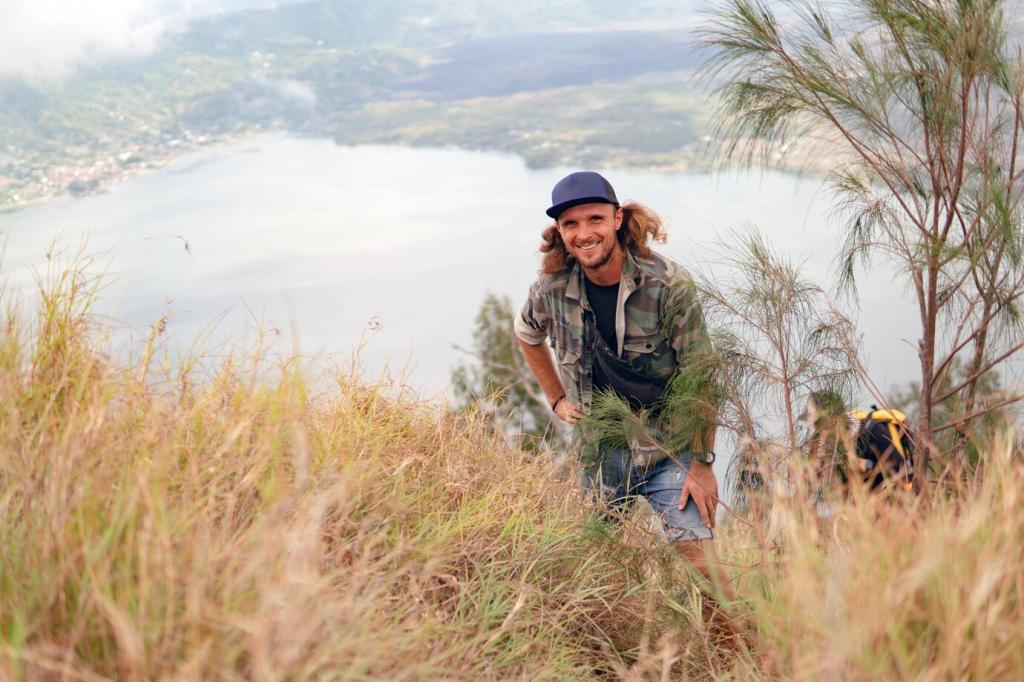
Finding Subjects in Wild Micro-Habitats
At first light, dew settles on petals, insects move slowly, and wind is minimal. This calm hour lets you refine composition and focus without frantic subjects. Set alarms, pack hot tea, and comment with your best early-morning national park finds.
Finding Subjects in Wild Micro-Habitats
Scan under leaf litter, explore shaded logs, and follow moisture gradients near streams. South-facing slopes wake earlier, while north-facing pockets shelter fungi longer. Keep your eyes at knee level and move deliberately. What micro-habitat has surprised you most lately?
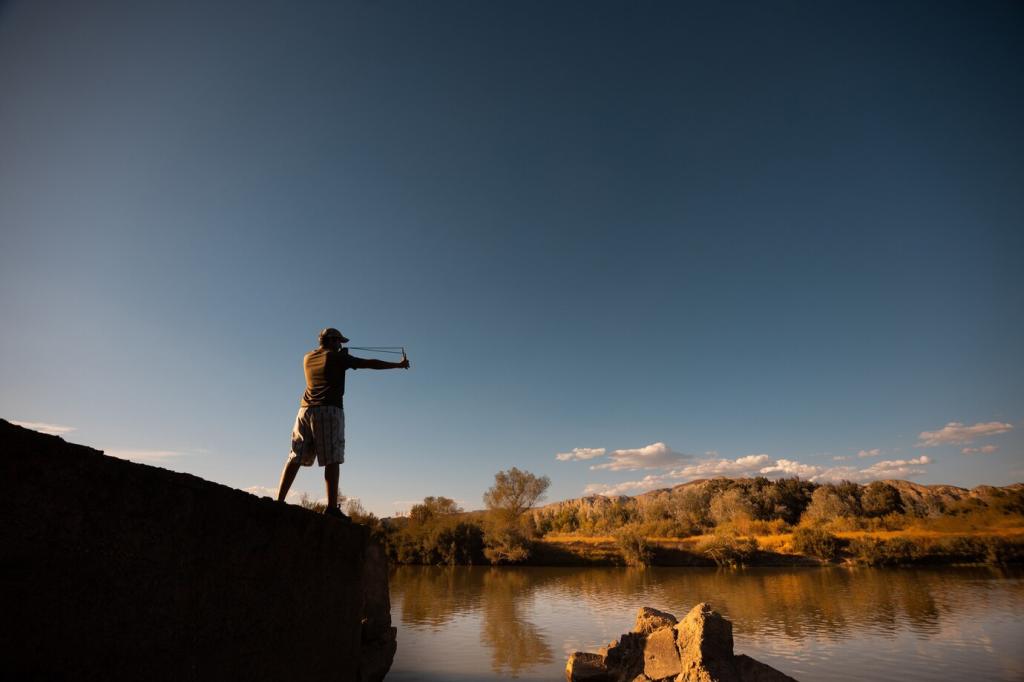
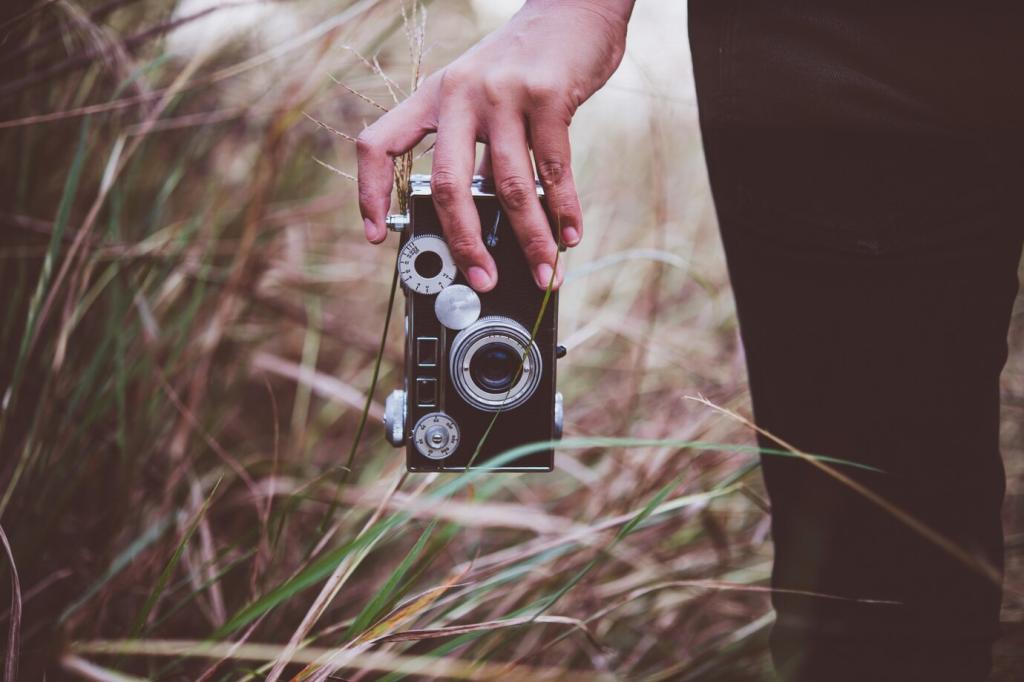
Ethics and Leave No Trace for Macro Explorers
Respecting fragile flora and micro-communities
Stay on durable surfaces whenever possible and avoid compressing mosses or crusts. Never pick flowers or move organisms for convenience. If a shot requires harm, it is not the right shot. Tell us how you balance creativity with conservation in sensitive areas.
Wildlife-first approach to behavior and safety
Observe for stress signals: raised wings, evasive movement, or repeated retreat. Increase distance, lower your profile, or abandon the shot. Avoid baiting or freezing insects. Ethical macro tells honest stories; your restraint builds trust with both rangers and readers.
Trail etiquette and ranger collaboration
Yield to hikers, keep gear compact, and avoid blocking narrow paths. Ask rangers about sensitive zones, rare blooms, and current closures. Your questions signal care and often unlock excellent tips. Share a ranger insight that changed your macro approach in a park.
Mastering Technique: Focus, Depth, and Timing
Manual focus finesse and micro-adjustments
Macro magnifies shake and tiny errors. Rock your body slightly forward and back while manually focusing on critical details like eyes or stamens. Use focus peaking if available. What small focusing habit most improved your keeper rate in breezy park conditions?
Depth of field decisions that support the story
Close distances shrink depth dramatically. For isolating a subject, use wider apertures and align the focal plane with key features. For full detail, consider stopping down or focus stacking. Explain how you choose aperture when balancing context against background blur.
Working with wind, shade, and patient timing
Wait for lulls between gusts, shield subjects with your body, or use natural windbreaks like boulders. Shift to shaded light for even tones. Patience often beats technology. Share your best wind-management trick from a high-elevation national park ridge.
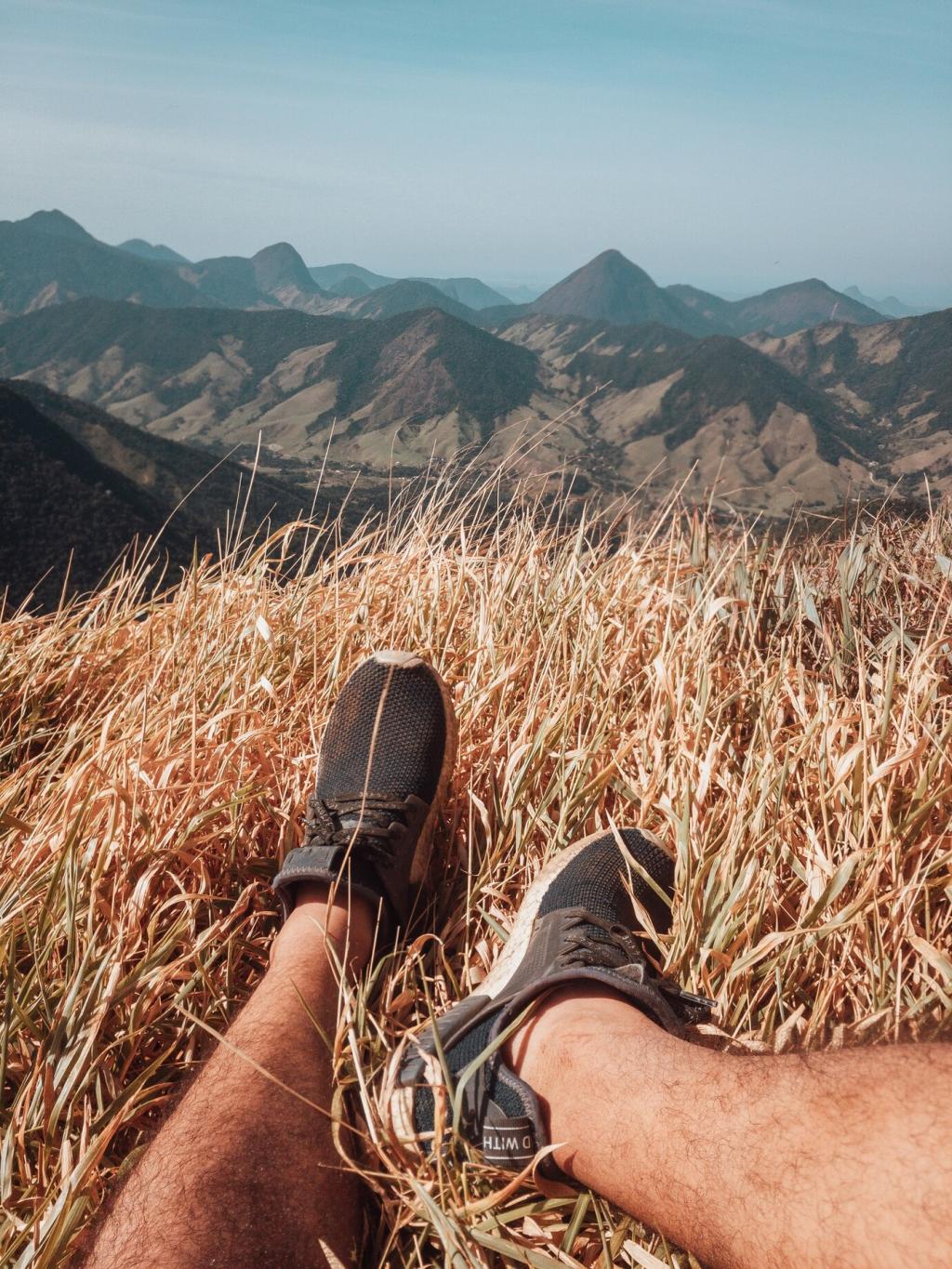
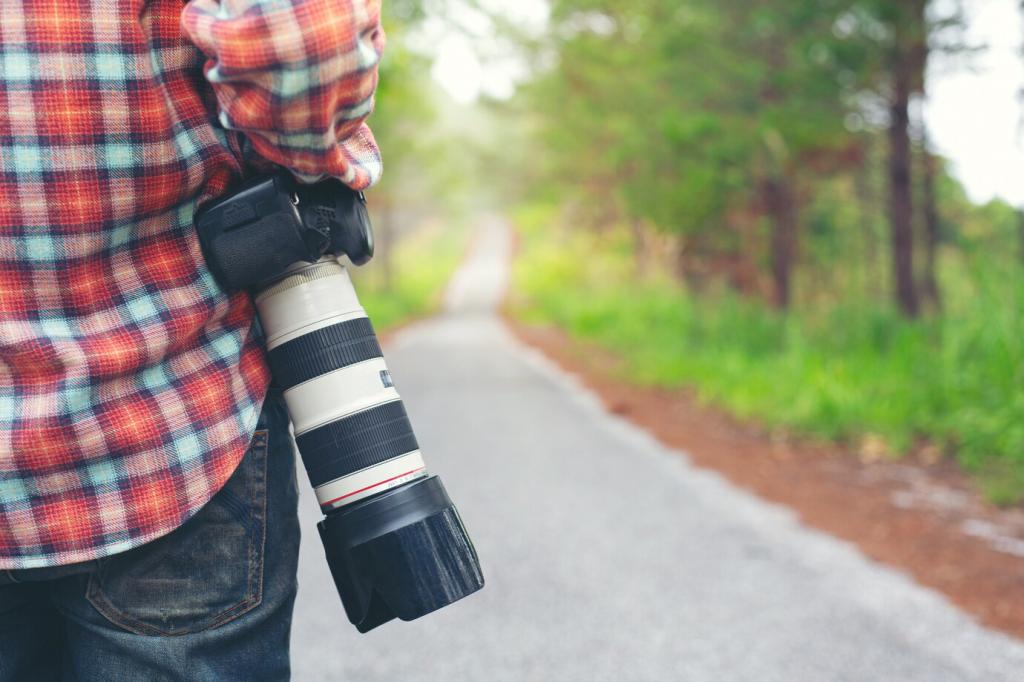
Background control and color harmony
Tiny shifts change everything. Lower your angle to remove clutter, or step sideways to align with distant foliage for smooth color washes. Complementary hues add pop; analogous palettes feel calm. Post a comment describing your favorite background trick for wildflower macros.
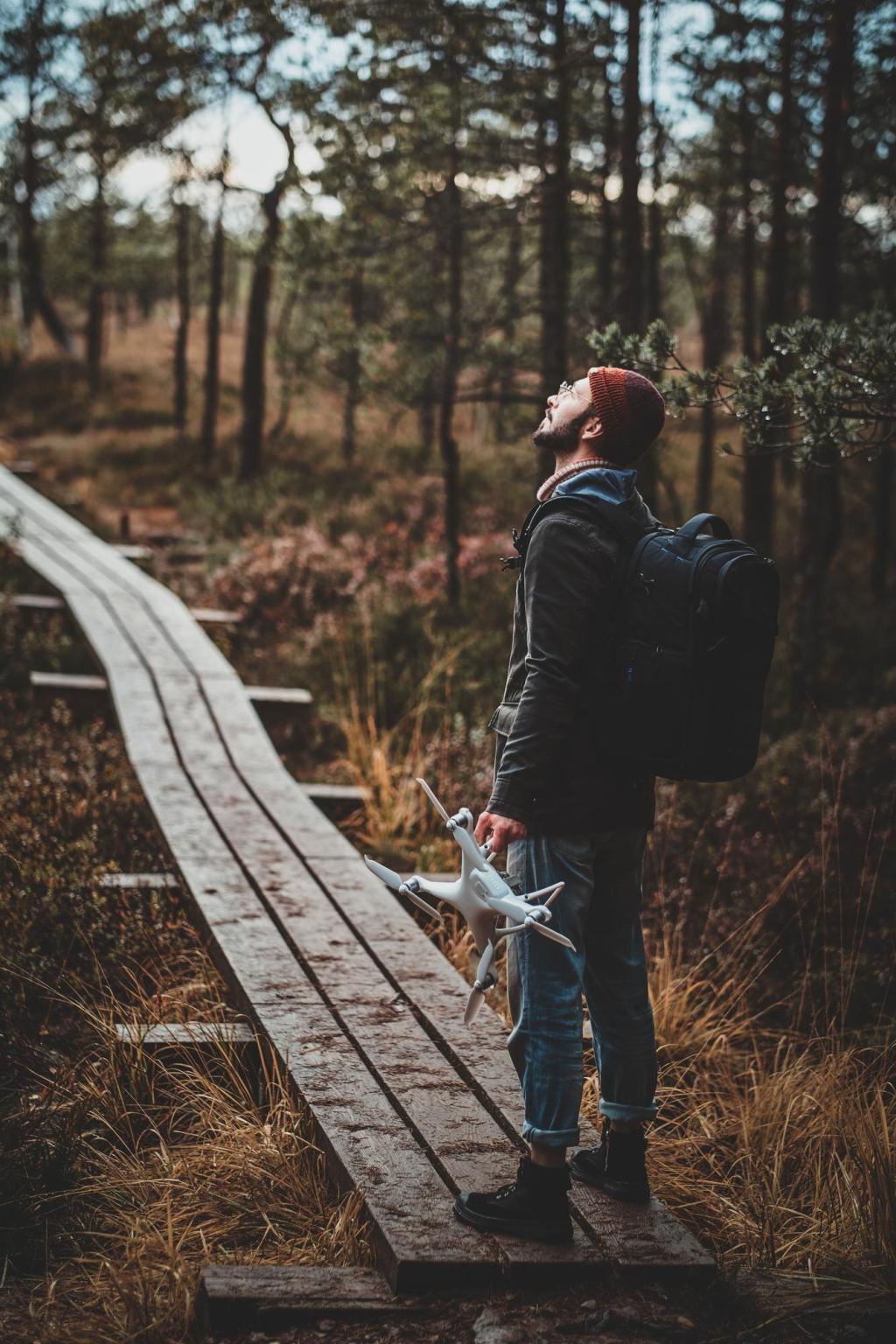
Environmental macro: context, scale, and sense of place
Include a hint of granite, sandstone, or river sheen to anchor the subject in its park. A pine needle or lichen patch offers scale without distraction. What subtle context cue instantly says “national park” in your favorite macro images?
Post-Processing and Sharing Responsibly
A clean focus-stacking workflow
Capture a stable bracket with overlapping focus planes, import consistently, and stack carefully to avoid halos. Retouch artifacts at 100% view. Keep a non-stacked frame for authenticity checks. What stacking software and alignment settings have proven most reliable outdoors?
True-to-life color, contrast, and texture
Use neutral references when possible, and avoid oversaturation that distorts field marks crucial for identification. Gentle local contrast reveals micro-texture without plastic shine. Encourage honest edits that respect science and place. Subscribe for our upcoming color management deep dive.
Captions, species ID, and community engagement
Add habitat notes, behavior observations, and tentative IDs with sources. Hide exact locations for vulnerable species. Invite corrections from experts, and thank contributors. Comment with your favorite field guide or citizen science platform for national park macro discoveries.
